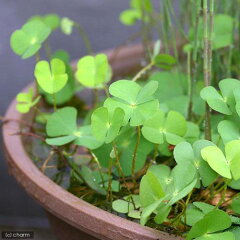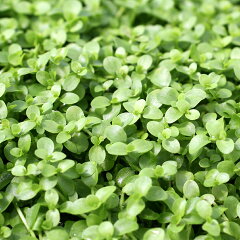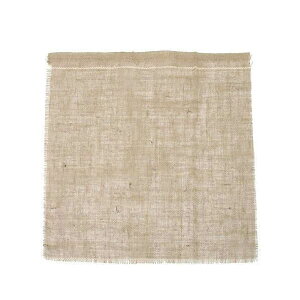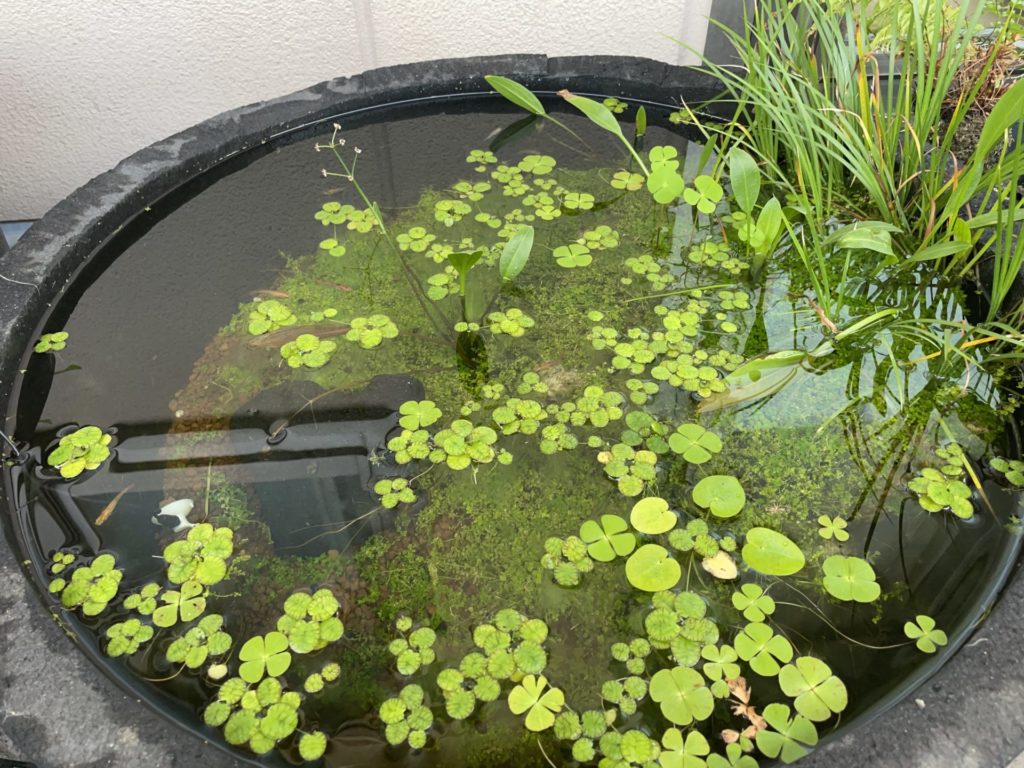
最近あまりにも海外のお客様に作り方なり植物の名前を英語で聞かれるけどスマホで答えるのが大変すぎるのでもうブログにまとめておくよ。日本のお客様には再掲なので、日本語版はこちらをご覧くださいまし。
My little pond loved by many on Instagram.
I am often asked to how to make it in English, so I will translate past posts into English.
It's from Google Translate, so please forgive me even if it's strange English.
Now it's covered in green carpet, but when I created it three years ago, it looked like this.
In just a few months, the shallows were covered in green. However, if you want to quickly turn the entire bottom floor of the pot into a green carpet, you may want to plant more new large pearl grass.
The following text is a slightly revised version of the article from 3 years ago so that it can be easily understood by foreigners.
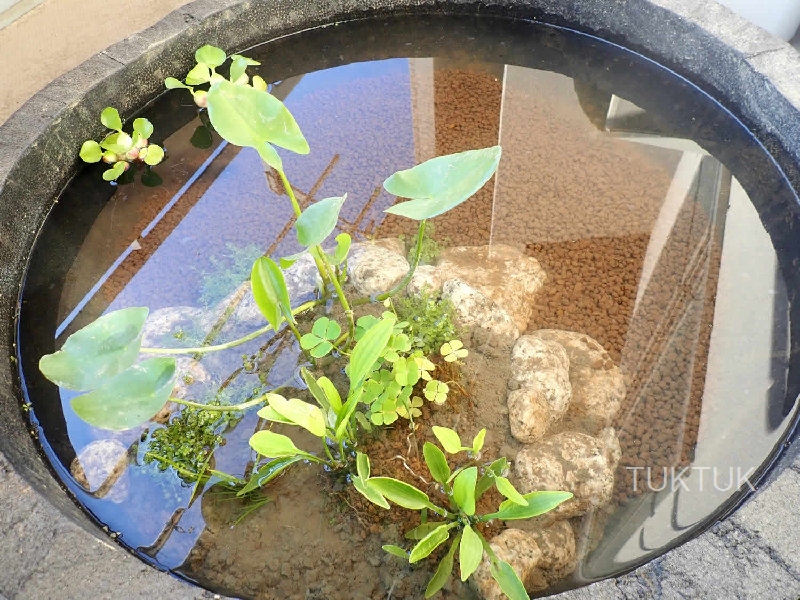
What to prepare
What I bought this time. It's about 10,000 yen in total. Stones, plants, soil, etc ... I will explain in detail later
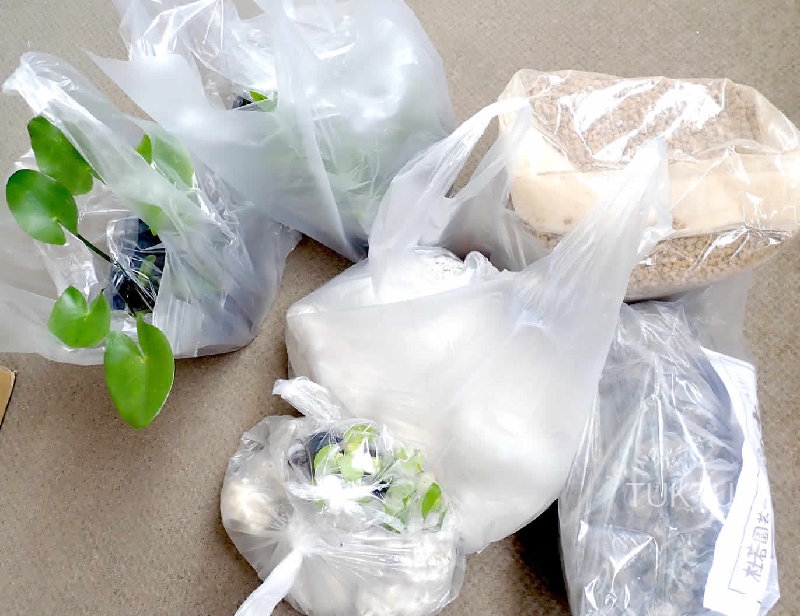
Water lily bowl
This time, we are reusing a large styrofoam water lily pot that was cracked by the typhoon last year.
The diameter is 67 cm, but the upper half is cut off, so the amount of water is probably about 40 liters.
|
|
Plants
I bought them all at TOJAKU Gardening, a famous aquatic plant specialty store in Japan.
Sagittaria gramine, Acorus gramineus, Marsilea quadrifolia, Nuphar japonica, New large pearl glass, Mini water hyacinth, not shown in the photo. (Link to Rakuten)
Soil
I usually use small Akadama soil that I bought at a local hardware store. But this time, I bought 4.5 liters of rice field soil and 7 liters of small particles of water quality purified soil at TOJAKU Gardening. Water quality purified soil is more porous and more susceptible to bacteria than ordinary Akadama soil. The soil in the rice fields is rich in nutrients and is suitable for growing aquatic plants.
I hear that Akadama soil is also sold overseas as soil for bonsai. Aquarium soil is also porous, but it's too nutritious and not suitable for biotopes. It becomes full of algae.
Stone
For stones, choose a set of medium x 5, small and extremely small.
Linen cloth
Used to make a hill.
|
|
Others
Vinyl gloves
bucket
Garbage bags, etc.
It's at home.
Introduction
The mud that was left unattended when the lotus was replanted last time ...
It was ticking dry, so I'll take the trash and reuse about half of it.
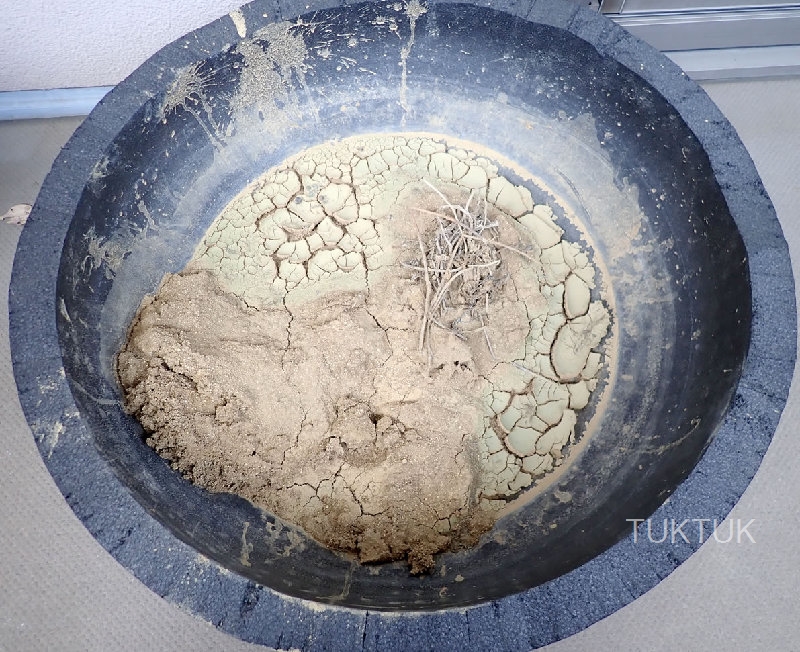
What a dirty bowl!
I should have thrown away the mud from the beginning and washed the pot cleanly!
Let's make a hill right away
Throw away the soil you don't need and sprinkle a linen cloth over it. Yeah, it's just the right size.
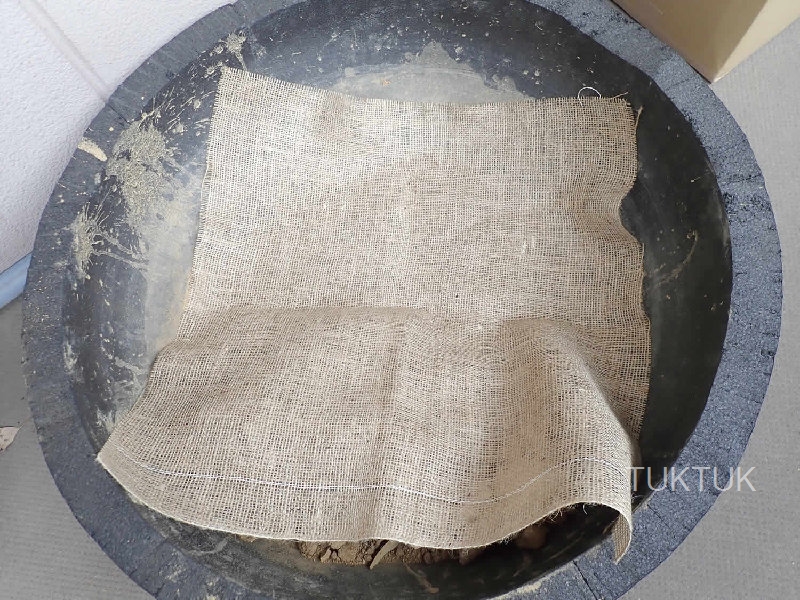
So, I fold this linen in half and wrap the soil in it to make a hill.
Surround it with stones to prevent the soil from falling over.
Please watch the video for the procedure around here. It's really easy to understand.
This set is easy and affordable. I don't know if it will be shipped overseas. There are many good videos on YouTube in this shop. I think it will be helpful even if you don't understand Japanese.
Place the plants and imagine the arrangement.
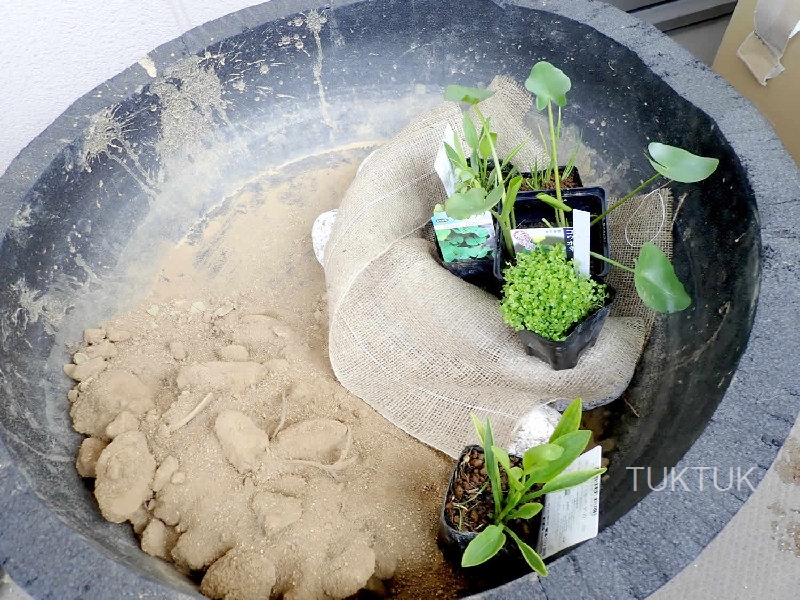
Nuphar japonica is tall and is it in the back?
No, I wonder if it's nice that Acorus gramineus naturally grows in the back ...
Once the placement is decided, the rice field soil is piled up in linen, and the plants are taken out of the seedling pot and planted. Think about how high the water level will be, and adjust the height of the rice field soil to create a hill.
During this time, I was so desperate that I didn't have any photos.
Almost completed
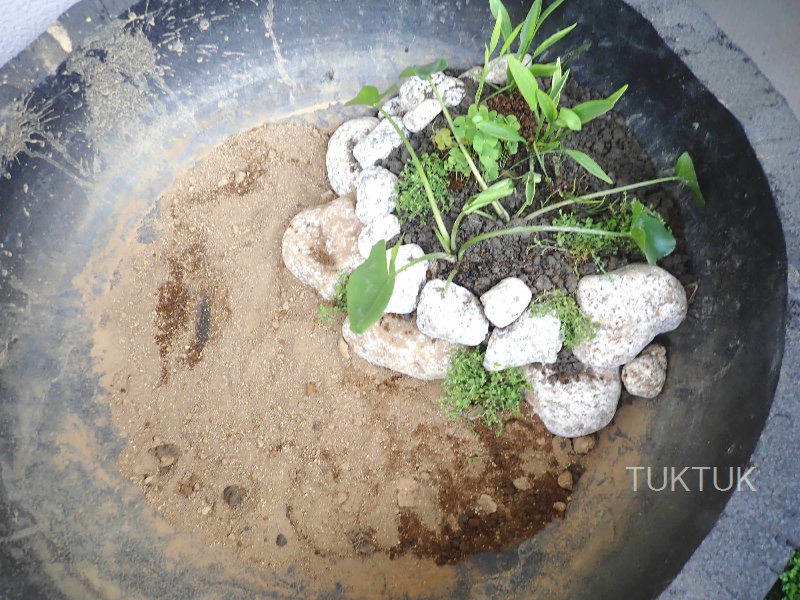
However, it takes a long time during this time, and the plants are a little worn out (sweat). Actually, if it takes a long time and the plants are about to dry, you should spray water with a spray bottle.
A small stone was placed around the piled soil, and the linen cloth was folded in to hide it in the shadow of the stone and fixed with mud. (See video)
I decided the position of the plant at the beginning, but after trial and error, the soil of the seedlings became tattered and it took longer than I expected.
We hope that the new large pearl glass will spread throughout the hill. It was divided into small pieces and fixed between the stones with mud.
(It actually happened after 3 months)
I used the soil in the rice fields only in the hills, so I used only about half of the 4.5 liters.
Spread the soil
Spread the soil in places other than the hills.
We spread about 2 cm of purified soil on the whole. The grains are fine and beautiful.
Larger grains of soil can cause fry and shrimp to get caught and die, so smaller grains are recommended.
I bought 7 liters of soil this time, but even if I laid it about 2 cm, it was about half left. Also use it in other pots.
Add water
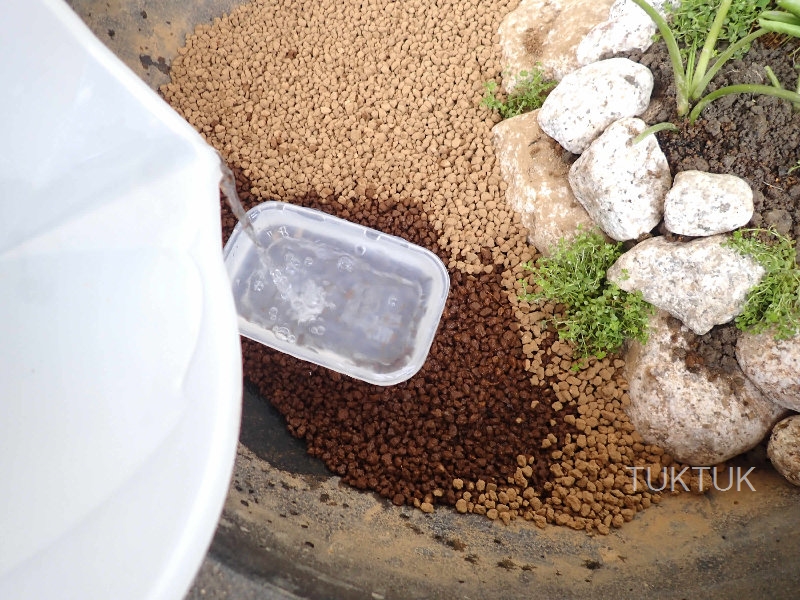
Now, I have to hurry up and put in the water.
Place a plastic bag or plate on the soil to prevent water from coming into direct contact with the soil. I use tappers exclusively. However, as the amount of water increases, it floats, so it takes a little trick to keep pouring water on the tapper.
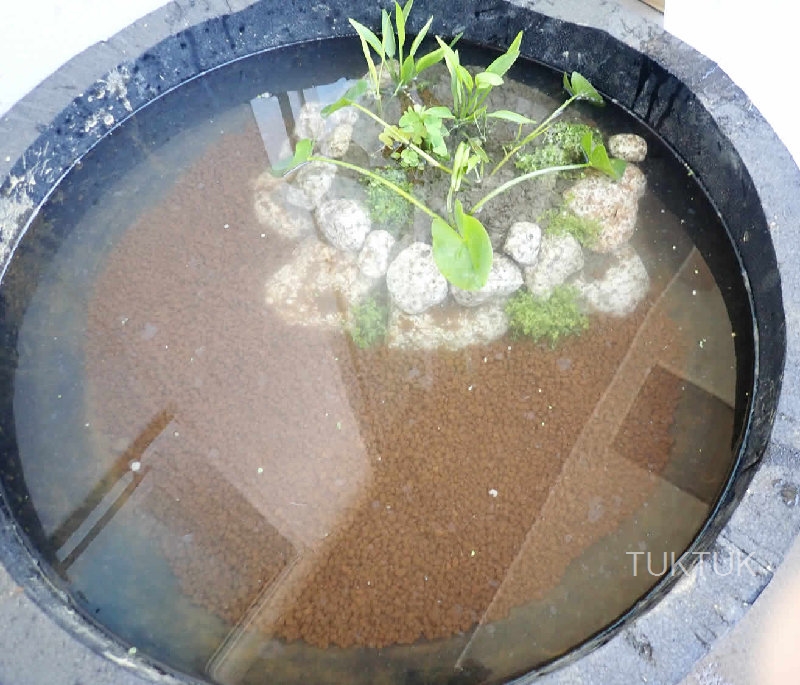
It's almost filled with water. I was able to get rid of it so much.
Actually, it took about an hour to pour water from a pot with nothing in it, even though it was sluggish.
It's easy. I didn't think it could be done so easily.
The next day

It's almost filled with water. I was able to get rid of it so much.
Actually, it took about an hour to pour water from a pot with nothing in it, even though it was sluggish.
It's easy. I didn't think it could be done so easily.
Future maintenance
The biotope I made the other day turned into green water even though the paddy sand was the bottom floor, so I'd like to be careful not to turn it green this time and watch over it while changing the water once a week. I think it's okay because it contains purified soil for water quality ...
There is a risk that dragonfly larva will be mixed in with plants this year as well. I would like to let only a few killifish swim in two weeks while watching for mysterious creatures. Ah ~ I'm looking forward to it ~.
Summary
How was it? It was very easy.I am very satisfied with the wonderful work. Every time I see it in the morning, I am healed.
Until now, I thought that it was difficult to maintain a biotope by planting it directly on the bottom floor, it was difficult to make it on land, and I didn't know how to make it.
Therefore, I have enjoyed making biotopes by submerging potted plants with aquatic plants in water lily pots.
However, when I actually tried it, it was easier than I expected.
If you haven't been able to challenge yourself because you don't know how to make a biotope, please try it on your next vacation.
May your biotope making be even more fun!
thank you for reading.

![[商品価格に関しましては、リンクが作成された時点と現時点で情報が変更されている場合がございます。] [商品価格に関しましては、リンクが作成された時点と現時点で情報が変更されている場合がございます。]](https://hbb.afl.rakuten.co.jp/hgb/130f12d2.7233e4f8.130f12d3.93f98fb8/?me_id=1211165&item_id=10270240&m=https%3A%2F%2Fthumbnail.image.rakuten.co.jp%2F%400_mall%2Fchanet%2Fcabinet%2F4707%2F470340-1.jpg%3F_ex%3D80x80&pc=https%3A%2F%2Fthumbnail.image.rakuten.co.jp%2F%400_mall%2Fchanet%2Fcabinet%2F4707%2F470340-1.jpg%3F_ex%3D300x300&s=300x300&t=picttext)



